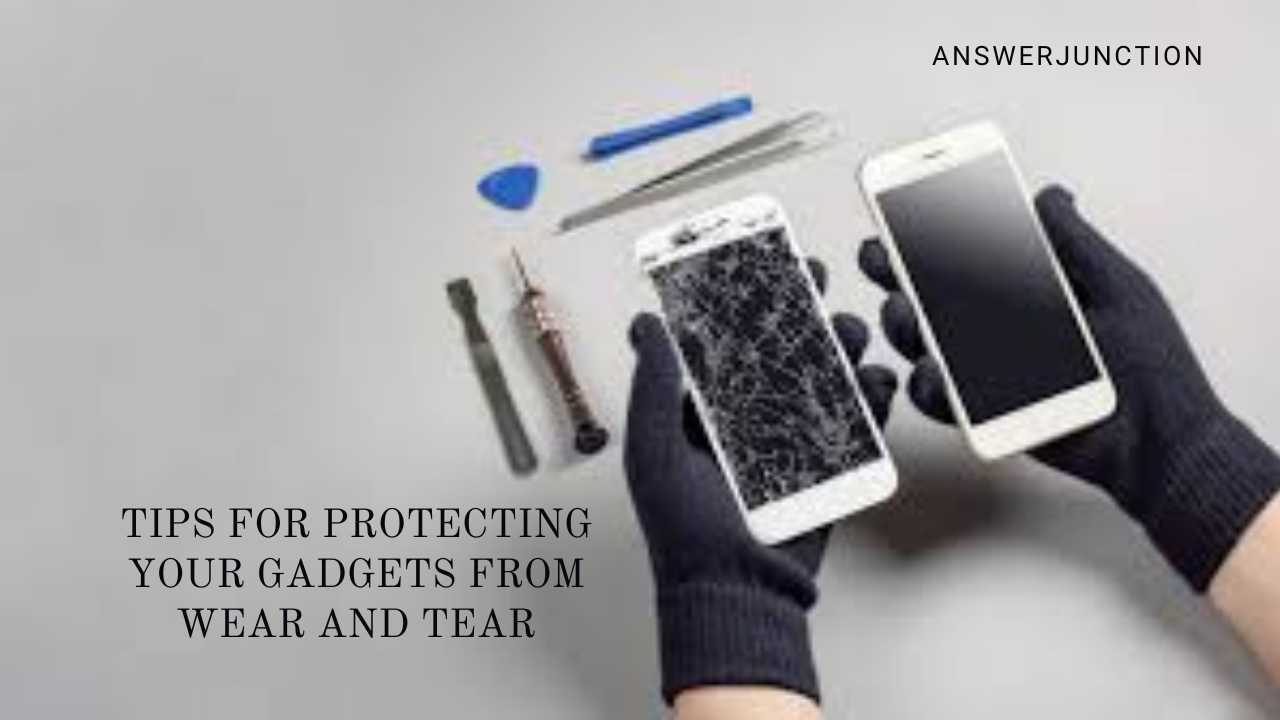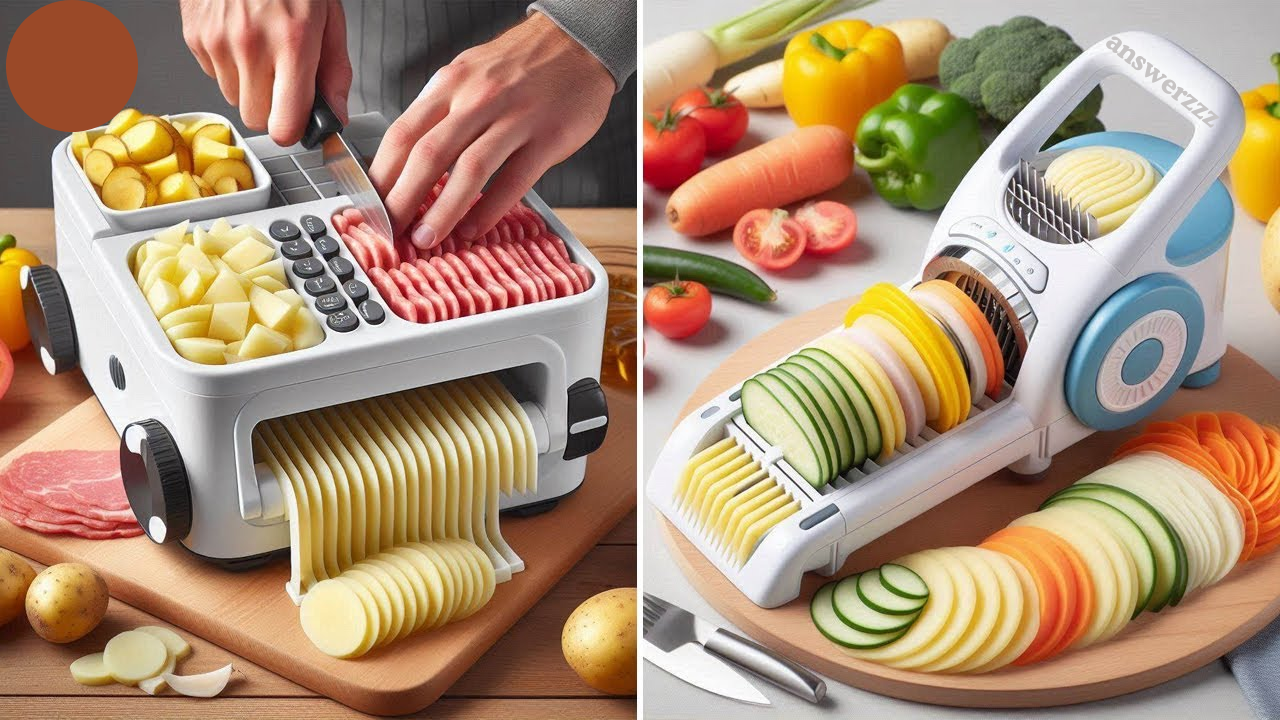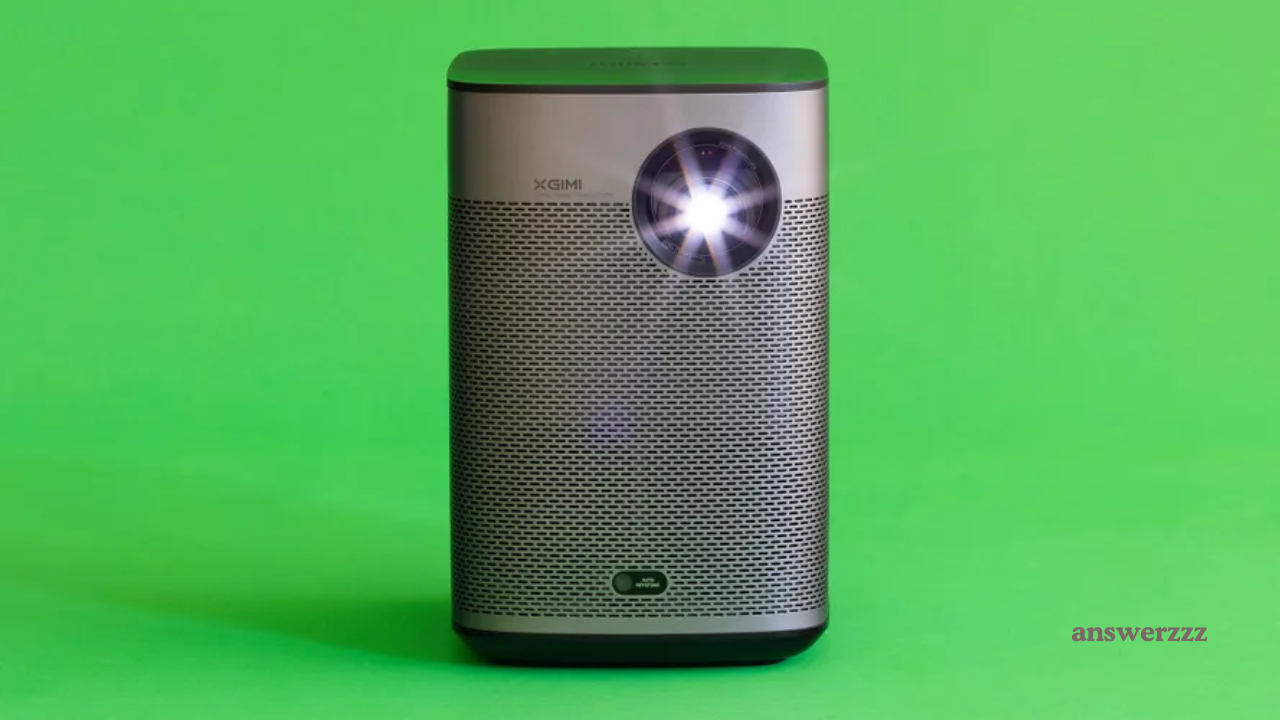In today’s digital world, gadgets are indispensable. From smartphones and tablets to laptops and smartwatches, we rely on technology daily for communication, work, entertainment, and beyond. Given their central role, ensuring that our devices are protected from wear and tear is essential. With proper care and maintenance, gadgets can continue to function effectively for years. This article will explore practical tips for protecting your gadgets, helping you extend their lifespan and avoid costly repairs or replacements.
1. Invest in High-Quality Protective Cases and Covers

Protective cases and covers are among the simplest and most effective ways to safeguard your devices. A good case can shield your smartphone, tablet, or laptop from scratches, dust, and minor impacts. For mobile devices, choose a case that covers both the back and edges, with a raised bezel to protect the screen. Similarly, investing in a cover for your laptop or tablet can prevent scratches and scuffs. Ensure the case or cover fits snugly to avoid extra movement inside, which can cause scratches over time. Cases made from durable materials like silicone, leather, or hard plastic provide the best protection.
2. Use Screen Protectors for Extra Durability
Screens are often the most vulnerable part of gadgets, especially for touch-enabled devices. A high-quality screen protector adds a layer of durability, shielding against minor scratches, cracks, and even oil buildup from fingerprints. Tempered glass screen protectors offer robust protection against scratches and are often more resistant to impact than plastic ones. They can absorb some of the impact from drops and prevent scratches that can weaken the screen’s integrity. Installing a screen protector is a low-cost way to extend the life of your device’s display.
3. Keep Gadgets Clean and Free from Debris
Dust, dirt, and debris can accumulate in ports, seams, and crevices of devices, impacting their functionality over time. For example, dust in charging ports can prevent proper connections, while dirt on the screen can lead to scratches. Regularly clean your gadgets using microfiber cloths, which are gentle and won’t scratch surfaces. For harder-to-reach areas like charging ports and headphone jacks, consider using compressed air or a soft-bristled brush to dislodge debris. Avoid using harsh chemicals or excessive moisture, as these can damage delicate components.
4. Avoid Overcharging Batteries
Battery health is crucial to the overall performance and lifespan of electronic devices. Many of us have the habit of charging our gadgets overnight, which can reduce battery efficiency over time. Overcharging can lead to overheating, swelling, and reduced battery lifespan. It’s best to unplug devices once they reach around 80-90% to prevent strain on the battery. Additionally, avoid letting batteries drain completely, as this can strain the battery’s charge cycle. Most modern gadgets have optimized charging features; however, developing good charging habits still prolongs battery health.
5. Protect Devices from Extreme Temperatures
Extreme temperatures can harm gadgets, impacting both their internal and external components. Heat is particularly harmful to batteries and can cause devices to overheat while freezing temperatures can damage screens and batteries. Avoid leaving devices in direct sunlight, in hot vehicles, or outside during extreme weather. Similarly, during cold weather, don’t leave devices in freezing conditions for extended periods. Keeping gadgets at room temperature whenever possible is key to preserving their functionality and preventing temperature-related damage.
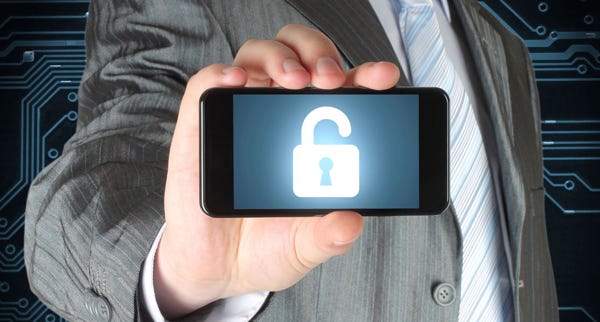
6. Be Mindful of Physical Handling
While devices are built to withstand some physical impact, rough handling can accelerate wear and tear. Avoid dropping, throwing, or placing heavy objects on your gadgets, as this can lead to cracks, dents, and internal damage. Laptops, tablets, and smartphones should be carried in designated bags or pouches with cushioning. Additionally, when using gadgets, place them on stable surfaces to avoid accidental falls. Simple precautions like these help protect the physical integrity of your devices, ensuring they stay in optimal condition longer.
7. Keep Software Updated
Software updates might not seem directly related to physical wear and tear, but they play a crucial role in maintaining device health. Updates often contain fixes for software bugs, security patches, and optimizations that can improve battery life and performance. A well-functioning device is less likely to overheat or experience glitches that strain its hardware. By keeping software up to date, you minimize the risk of malware, lag, and other issues that could lead to increased physical stress on the device.
8. Use Proper Accessories
Using substandard or incompatible accessories, like chargers or headphones, can harm your gadgets. Generic or low-quality chargers, for example, can damage battery health and even pose a fire risk. Always choose accessories that are specifically designed for your device, preferably from the original manufacturer or certified brands. Proper accessories ensure consistent performance and minimize the risk of overheating or voltage issues that could damage the device.
9. Avoid Excessive Exposure to Moisture
Moisture is one of the most common enemies of electronic devices. While many gadgets today come with some level of water resistance, it’s best to avoid exposing them to moisture unnecessarily. Water can damage internal components, leading to short circuits and corrosion. Avoid using your phone or tablet in high-humidity areas, like the bathroom, where steam from showers can enter the device. If your gadget gets wet, dry it thoroughly and avoid charging it until you’re certain it’s fully dry to prevent internal damage.
10. Manage Storage Carefully
Storage space on your device plays a significant role in overall performance. When storage becomes too full, the device can slow down, causing the processor and other components to work harder, which may lead to overheating and quicker battery drain. Regularly clear out files you no longer need, including temporary files and app caches. You can also store files externally or on cloud storage to free up space. Efficient storage management prevents performance strain, helping your gadget run smoothly without unnecessary stress on the hardware.
11. Handle Charging Cables with Care
Charging cables are prone to fraying and damage, especially when pulled or bent frequently. Damaged cables can lead to poor charging efficiency and pose a risk of electric shocks. To prolong the life of your charging cables, avoid pulling them by the cord and instead unplug them from the base of the connector. Keep them neatly coiled when not in use and avoid bending them at sharp angles. Consider cable protectors that reinforce the ends to prevent fraying.
12. Enable Auto-Sleep and Power-Saving Modes
To conserve battery life and reduce wear on device components, utilize auto-sleep and power-saving modes. When devices are idle, enabling auto-sleep conserves energy, reducing the need for frequent charging. Power-saving modes adjust settings like screen brightness, processor performance, and connectivity options, putting less strain on the device’s battery and components. These settings reduce wear over time and help extend your gadget’s operational life.

13. Avoid Direct Sunlight Exposure
Direct sunlight exposure, especially for prolonged periods, can cause devices to overheat. Screens can become discoloured or develop “screen burn,” which is when images linger on the display even after they’re no longer on the screen. Batteries are also susceptible to heat damage from sunlight exposure, which can cause them to overheat and expand. Always store devices in shaded, cool areas, and avoid placing them in hot cars or near windows.
14. Use Gadget Stands and Holders
Using stands and holders for gadgets like phones, tablets, and laptops can prevent falls and minimize physical strain from constant handling. Stands also encourage proper posture and can reduce the risk of dropping devices. Many stands and holders are designed with heat dissipation in mind, helping to keep gadgets cool while they’re in use. Stands reduce the likelihood of screen scratches, falls, and other physical damage, making them a worthwhile investment for device longevity.
15. Back Up Data Regularly
Backing up data may not prevent physical wear and tear, but it does provide security in case of damage. Even with the best precautions, devices can be accidentally damaged or lost. Regularly backing up data to external hard drives or cloud storage ensures that your important files, photos, and information are safe. In case of severe damage or loss, having a backup can save you from the stress and loss associated with losing critical data.
16. Handle Devices with Clean Hands
This simple yet often overlooked habit can make a big difference. Our hands carry oils, dirt, and small particles that can build up on devices, affecting screens and ports. Dirt and oils can lead to smudges, clog charging ports, and scratch screens. Using your device with clean hands can minimize buildup and keep your gadget looking and functioning well over time.
17. Be Cautious with External Storage and Connections
When using external storage devices or connecting your gadget to other systems, be mindful of potential malware or viruses. External storage devices can introduce malware that affects both software and hardware performance. Use antivirus software and only connect with trusted devices to protect against unwanted downloads, data breaches, or lag-inducing malware.
Final Thoughts
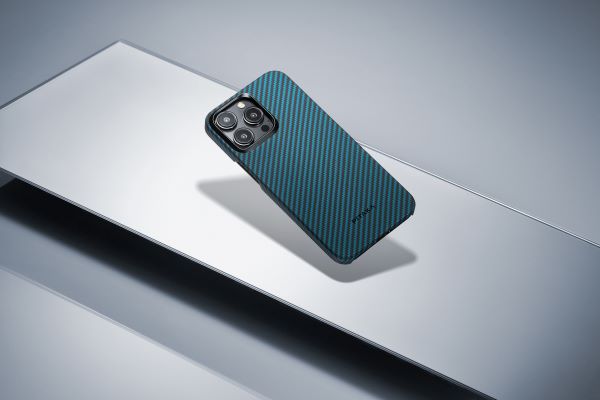
Taking steps to protect your gadgets from wear and tear can extend their life, improve performance, and save money on repairs or replacements. By being mindful of how you handle, charge, store, and maintain your devices, you can enjoy their benefits for years to come. Simple measures like investing in a quality case, managing storage effectively, and protecting against moisture go a long way toward keeping gadgets in prime condition. Embrace these tips to make your tech investments last longer and perform optimally.
